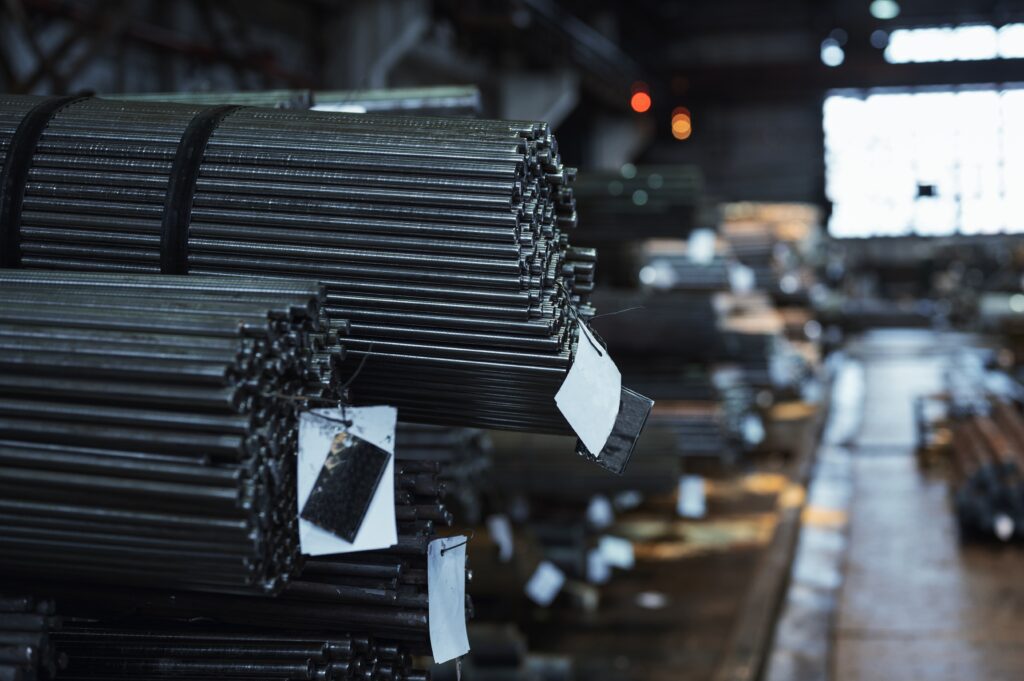
Chinese Steel Output Down 6.9% in May 2025
Steelmakers in China scaled back production in May 2025, producing 86.6 million metric tons (mmt) of crude steel, according to data from the World Steel Association (Worldsteel). This represents a 6.9% year-on-year decline from May 2024. However, output rose slightly compared to April 2025, up by 600,000 metric tons.
Despite the drop, China still accounted for 54.5% of the steel output among the 70 countries reporting to Worldsteel. This continues to raise concerns among global industry leaders over China’s long-standing steel overcapacity. As the world’s largest producer, China’s production trends often serve as a barometer for global steel demand and pricing dynamics.
Meanwhile, global crude steel output also fell by 3.8% compared to May 2024. The downturn highlights persistent uncertainty in industrial demand across key global markets.
Global Steel Output Reflects Diverging Regional Trends
The production picture varied significantly among the top ten steel-producing nations. Four countries reported increased year-on-year output: India (+9.7%), Brazil (+5.0%), Iran (+4.5%), and the United States (+1.7%). These figures suggest pockets of regional strength despite broader global softness.
Conversely, major steel economies saw notable declines. Russia and China both saw output contract by 6.9%, while Germany (-6.4%), Japan (-4.7%), Turkey (-2.8%), and South Korea (-1.7%) also reported reductions. These trends reflect weakening domestic demand, trade frictions, and energy-related headwinds in some cases.
From April to May 2025, steel output rose in several countries, including China, India, Japan, and the U.S., indicating some month-to-month momentum. Russia and Germany, however, held production steady, with no growth from April levels.
SuperMetalPrice Commentary:
China’s steel production cut in May 2025 sends a nuanced message to the global market. While the year-on-year decline suggests an effort to align output with demand or meet emission targets, the month-on-month uptick hints at underlying resilience. The dominance of Chinese steel in global supply—at over 50%—continues to distort global pricing and investment strategies. For traders and policy makers, these figures reinforce the need to monitor both macroeconomic signals and policy developments in Beijing. As other regions like India ramp up output, the global steel market may gradually rebalance, but oversupply pressures remain a real threat.











Leave a Reply
You must be logged in to post a comment.